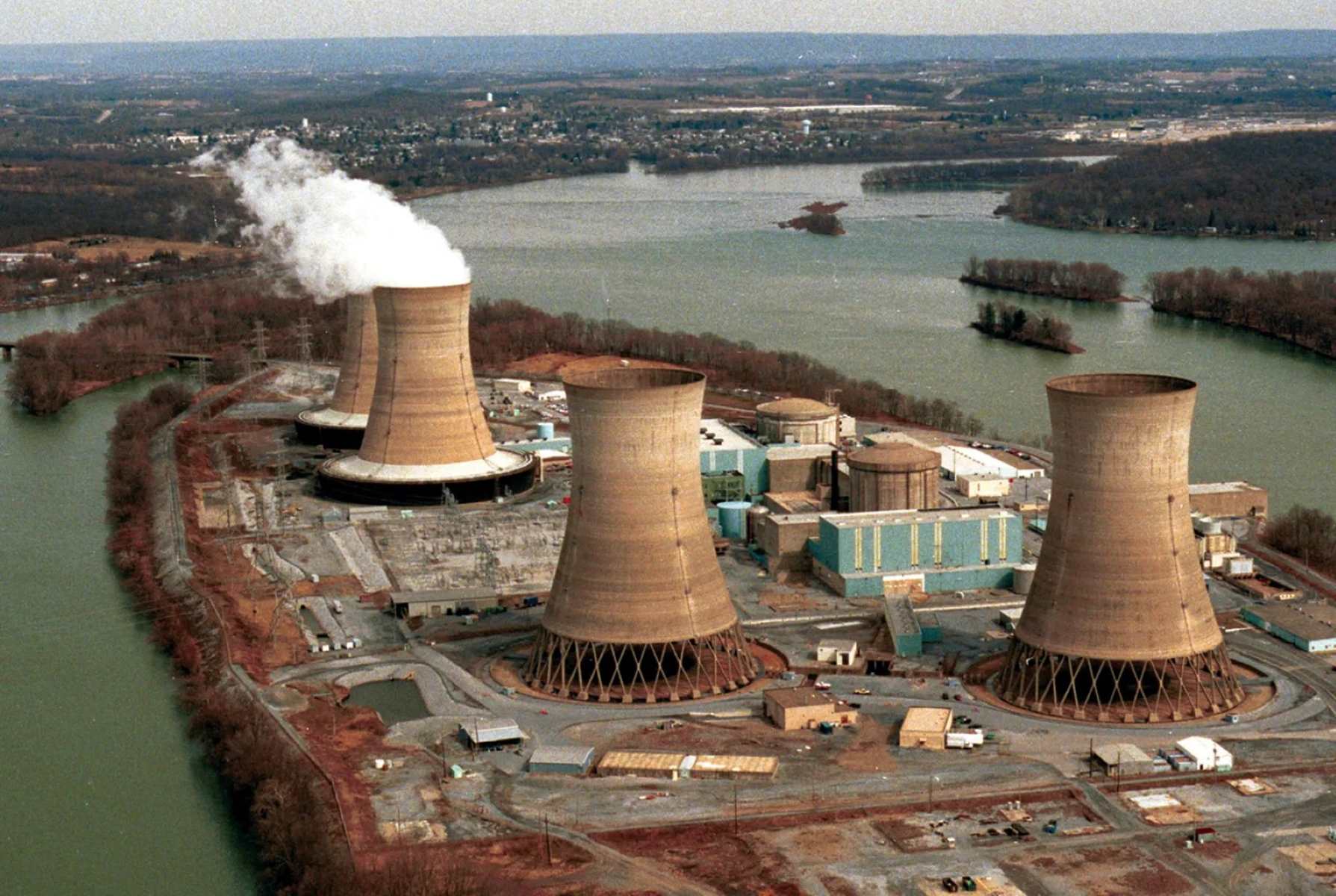
The Three Mile Island accident remains one of the most significant events in nuclear power history. Happening on March 28, 1979, this incident at the Three Mile Island Nuclear Generating Station in Pennsylvania shook the world. But what exactly happened? In short, a partial meltdown of the reactor core occurred, leading to the release of radioactive gases. This event sparked widespread fear and debate about nuclear energy's safety. Many people still have questions about the causes, the aftermath, and the lessons learned. Here, we’ll dive into 40 facts that shed light on this pivotal moment in history, helping you understand its impact and legacy.
Key Takeaways:
- The Three Mile Island accident in 1979 led to improved safety measures and public skepticism of nuclear energy, shaping the industry's future and highlighting the need for transparent crisis communication.
- The incident spurred changes in nuclear regulations, technology, and public perception, emphasizing the importance of continuous improvement in safety and emergency preparedness.
What Happened at Three Mile Island?
The Three Mile Island accident remains one of the most significant events in nuclear power history. It occurred on March 28, 1979, at the Three Mile Island Nuclear Generating Station in Pennsylvania. Here are some key facts about this incident.
- The accident began at 4 a.m. when a cooling system malfunctioned, causing the reactor to overheat.
- A stuck valve allowed coolant to escape, leading to a partial meltdown of the reactor core.
- Operators misinterpreted the situation, thinking the reactor was overfilled with water, which worsened the problem.
- The plant's emergency cooling system was turned off, exacerbating the overheating.
- Radioactive gases were released into the atmosphere, but officials claimed the amounts were minimal.
Immediate Impact and Response
The immediate aftermath of the Three Mile Island accident saw a flurry of activity from plant operators, government officials, and the public. Here are some facts about the response to the crisis.
- Governor Dick Thornburgh advised pregnant women and young children within a five-mile radius to evacuate.
- Approximately 140,000 people fled the area, fearing radiation exposure.
- President Jimmy Carter, a trained nuclear engineer, visited the site to assess the situation.
- The Nuclear Regulatory Commission (NRC) took control of the plant to manage the crisis.
- It took several days to stabilize the reactor and prevent further radiation leaks.
Long-Term Consequences
The Three Mile Island accident had far-reaching consequences for the nuclear power industry and public perception of nuclear energy. Here are some long-term effects of the incident.
- The cleanup process took nearly 14 years and cost around $1 billion.
- No new nuclear power plants were ordered in the United States for several decades following the accident.
- The incident led to significant changes in nuclear regulatory policies and safety standards.
- Public trust in nuclear energy plummeted, leading to increased opposition to nuclear power projects.
- The accident inspired numerous books, documentaries, and films, highlighting its impact on popular culture.
Health and Environmental Effects
Concerns about the health and environmental effects of the Three Mile Island accident have persisted for years. Here are some facts about the potential impacts.
- Studies have shown no significant increase in cancer rates among residents living near the plant.
- The NRC reported that the radiation released was not enough to cause health problems.
- Some residents and activists dispute these findings, citing anecdotal evidence of health issues.
- Environmental monitoring showed minimal long-term contamination in the surrounding area.
- The incident prompted more rigorous environmental monitoring and safety protocols at nuclear plants.
Lessons Learned
The Three Mile Island accident provided valuable lessons for the nuclear industry and emergency response protocols. Here are some key takeaways.
- Improved operator training programs were implemented to prevent human errors.
- Enhanced safety systems, including automatic shutdown mechanisms, were installed in nuclear plants.
- The NRC increased its oversight and inspection frequency of nuclear facilities.
- Emergency preparedness plans were developed and regularly tested to ensure readiness for future incidents.
- The incident underscored the importance of transparent communication with the public during a crisis.
Technological and Regulatory Changes
In the wake of the Three Mile Island accident, significant technological and regulatory changes were made to improve nuclear safety. Here are some of those changes.
- The Institute of Nuclear Power Operations (INPO) was established to promote safety and operational excellence.
- The NRC mandated the installation of additional safety equipment in nuclear plants.
- Reactor designs were modified to include more robust containment structures.
- The accident led to the development of advanced simulation tools for training nuclear plant operators.
- International collaboration on nuclear safety increased, with countries sharing best practices and lessons learned.
Public Perception and Media Coverage
The Three Mile Island accident had a profound impact on public perception of nuclear energy and received extensive media coverage. Here are some facts about its influence.
- The incident occurred just 12 days after the release of the movie "The China Syndrome," which depicted a fictional nuclear meltdown.
- Media coverage of the accident was intense, with round-the-clock reporting and live broadcasts.
- Public opinion polls showed a sharp decline in support for nuclear energy following the incident.
- The accident became a rallying point for anti-nuclear activists and environmental groups.
- The term "Three Mile Island" became synonymous with nuclear disaster and is still referenced in discussions about nuclear safety.
Legacy of the Three Mile Island Accident
The legacy of the Three Mile Island accident continues to shape the nuclear industry and public discourse on nuclear energy. Here are some enduring aspects of its legacy.
- The incident remains a case study in crisis management and emergency response.
- It highlighted the need for continuous improvement in nuclear safety and technology.
- The accident influenced the development of international nuclear safety standards and protocols.
- Three Mile Island Unit 2, the reactor involved in the accident, was permanently shut down and remains in a state of monitored storage.
- The incident serves as a reminder of the potential risks and challenges associated with nuclear power.
The Lasting Impact of Three Mile Island
The Three Mile Island accident left a significant mark on the nuclear industry and public perception of nuclear energy. It highlighted the need for improved safety protocols and emergency preparedness. The incident led to widespread fear and skepticism about nuclear power, influencing policy changes and stricter regulations.
Despite the partial meltdown, no immediate injuries or deaths occurred, but the long-term health effects remain debated. The cleanup process took over a decade and cost nearly a billion dollars, showcasing the complexity and expense of managing nuclear accidents.
Understanding the facts about Three Mile Island helps us appreciate the importance of safety in energy production. It serves as a reminder of the potential risks and the need for vigilance in the pursuit of cleaner energy sources. The lessons learned continue to shape the future of nuclear energy worldwide.
Frequently Asked Questions
Was this page helpful?
Our commitment to delivering trustworthy and engaging content is at the heart of what we do. Each fact on our site is contributed by real users like you, bringing a wealth of diverse insights and information. To ensure the highest standards of accuracy and reliability, our dedicated editors meticulously review each submission. This process guarantees that the facts we share are not only fascinating but also credible. Trust in our commitment to quality and authenticity as you explore and learn with us.


